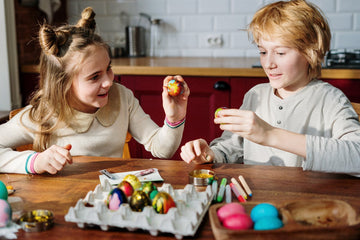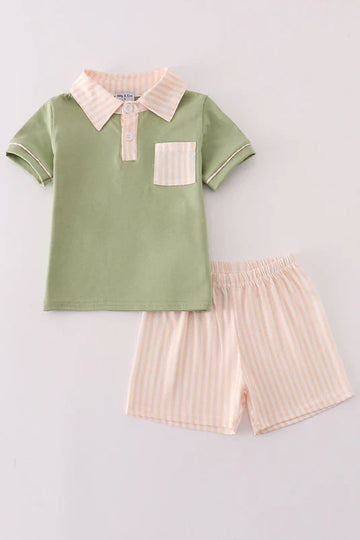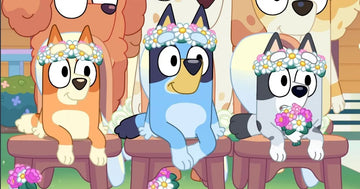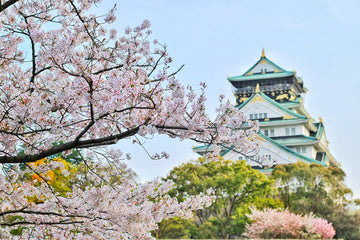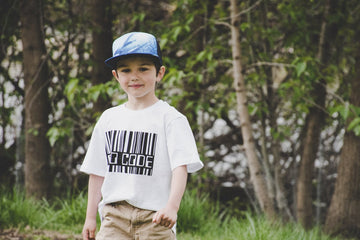The Easter Bunny is a beloved symbol of the spring season and Easter celebrations. Many children eagerly await the arrival of this whimsical creature, who is known to deliver colorful eggs and treats. Learning more about the Easter Bunny enhances the joy of the holiday and its traditions.
Its origins date back to folklore and customs that have evolved over centuries. The stories and traditions surrounding the Easter Bunny vary across cultures, making it a fascinating topic for exploration. With its playful nature and rich history, the Easter Bunny continues to capture the imaginations of both young and old alike.
1) The Easter Bunny originated in Germany in the 16th century.
The Easter Bunny first appeared in Germany during the 16th century. This folklore character was part of the Easter tradition among German Lutherans.
At that time, the "Easter Hare" would judge if children were good or bad. If they were good, they would receive eggs as a reward.
This custom was linked to spring and fertility, reflecting the growing season. Over time, the idea of the Easter Bunny spread to other countries, becoming a beloved symbol of Easter.
2) The Easter Bunny was originally a hare, not a rabbit.
The figure known today as the Easter Bunny originally began as a hare. In many European traditions, specifically among German Lutherans, the hare played a role during Easter celebrations.
Historically, this creature was associated with fertility and rebirth due to its high reproductive rate. This made it a fitting symbol for the spring season and the celebration of Easter.
The term "Easter Hare" was used to describe this character, which evaluated children's behavior to determine if they were good enough for treats. Over time, the hare evolved into the rabbit that many are familiar with today.
3) German Lutherans introduced the egg-bringer concept in 1682.
The concept of the Easter Bunny as an egg-bringer started with German Lutherans in 1682. This idea emerged as part of their Easter traditions. They featured a hare that would evaluate children's behavior and decide if they deserved eggs.
In Germany, this hare was known as the "Osterhase." It was believed that the hare would lay colored eggs for well-behaved children. This custom spread to other Germanic regions and later to America with German immigrants.
The connection between the Easter Bunny and eggs emphasizes themes of rebirth and renewal, which are central to the Easter celebration. The playful tradition continues to thrive today.
4) The Easter Bunny acts as a judge of children’s behavior.
The Easter Bunny has a unique role beyond delivering eggs and candy. Traditionally, it acts as a judge of children's behavior. This idea comes from folklore that dates back to German Lutherans.
In this role, the Easter Bunny decides if children have been good or naughty throughout the year. Good kids receive treats, while naughty ones might find nothing in their Easter baskets.
This judging aspect adds excitement and teaches children the importance of good behavior. It connects the holiday with lessons about kindness and responsibility, making the Easter Bunny a memorable figure in Easter celebrations.

5) Easter bunny used to be called Easter hare before the 18th century.
Before the 18th century, the Easter Bunny was commonly referred to as the Easter Hare. This name change reflects the evolution of the character over time.
The hare has deep roots in European traditions. It was often seen as a symbol of fertility and rebirth, which aligns with themes of spring and Easter.
The term "Easter Hare" was especially popular in Germany among Lutheran communities. The hare was considered a judge, determining if children had been good or bad during Lent before Easter celebrations began.
As German immigrants came to America, they brought this tradition with them, leading to the modern usage of "Easter Bunny."
6) The Easter Bunny is the second favorite holiday character after Santa Claus.
The Easter Bunny ranks as the second favorite holiday character in many cultures, following Santa Claus. This popularity shows how much joy the Easter Bunny brings to celebrations each spring.
Children look forward to the Easter Bunny's arrival, much like they do with Santa during Christmas. The excitement includes finding hidden eggs and treats on Easter morning.
The character has become a symbol of Easter, representing themes of rebirth and new beginnings. This connection to springtime adds to its charm and appeal. Many families incorporate the Easter Bunny into their holiday traditions.
7) Carrots are the Easter Bunny’s favorite snack.
Carrots are widely known as the Easter Bunny's favorite snack. This idea comes from the association of carrots with rabbits. Many people believe that rabbits enjoy munching on crunchy carrots.
The tradition of leaving carrots for the Easter Bunny began in Europe. Carrots were a common crop and a staple food in many countries. It was seen as a kind gesture to offer them as a snack.
Today, many children leave out carrots on Easter Eve. This practice adds to the fun and excitement of the holiday. The sight of the Easter Bunny nibbling on carrots has become a beloved symbol of Easter.
8) Easter Bunnies symbolize fertility and fruitfulness.
Easter bunnies are often linked to fertility and abundance. This connection comes from ancient traditions that celebrate the arrival of spring. During this time, nature awakens, leading to new life and growth.
Rabbits are known for their high reproduction rates. This trait made them symbols of fertility in various cultures. In many pagan rituals, the rabbit was seen as a creature of renewal and life.
The Easter bunny became a popular figure in celebrations. It embodies the spirit of new beginnings and joy. This symbolism enhances the festive atmosphere during Easter, highlighting themes of hope and togetherness as families come together to celebrate.
9) Easter eggs were initially dyed with natural ingredients.
In the past, people used natural ingredients to dye Easter eggs. Common sources included flowers, fruits, and vegetables. For instance, onion skins produced a rich brown color, while beet juice offered shades of red.
Herbs and spices also played a role in creating dyes. Some used turmeric for its bright yellow hue. These methods connected the tradition to the changing seasons and the renewal of life.
Today, many still prefer these natural dyes for their simplicity and safety. This approach honors the historical practices while allowing for creativity in egg decoration.
10) The Easter Bunny tradition spread through Dutch settlers in America.
The Easter Bunny tradition came to America with Dutch settlers in the 1700s. They brought their customs and legends that included the Oschter Haws, or Easter hare. Children were told that this hare would lay colored eggs if they had been good.
This tradition began in Pennsylvania, where many Dutch settlers settled. Over time, the story of the Easter Bunny spread throughout the United States. As the years went by, it became a popular symbol of Easter celebrations across the country.
Today, the Easter Bunny is known for delivering chocolates and other treats, continuing the legacy of the early Dutch settlers.

